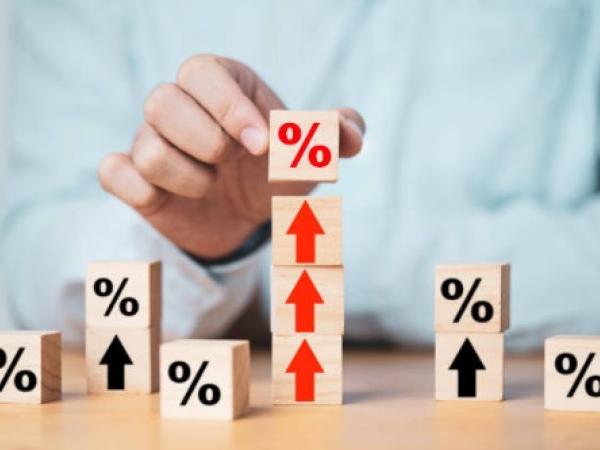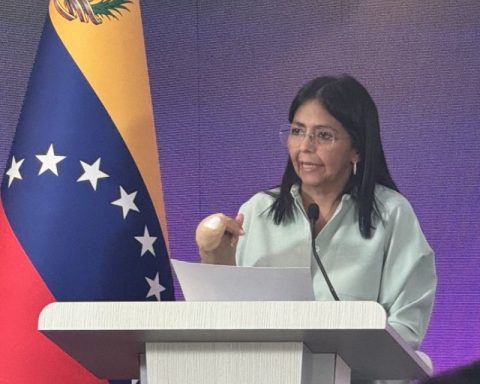In recent days, the board of directors of Banco de la República decided to carry out a 10% interest rate increase and it became the highest since July 2008. All this with the aim of curbing the high inflation figures that the country is registering, which currently stands at 10.8%.
(Read: Dollar, with record prices in Colombia: highest TRM in history).
The increase is part of the monetary policy that seeks to return inflation to a 3% goal. By raising the interest rate, it is expected to reduce the demand for goods and services by individuals and companies, thus reducing inflation.
However, the Financial Superintendency also increased the usury rate and remained at 36.93%. Both decisions would have effects on the consumption of citizens.
According to analysts from the Politécnico Grancolombiano, the increase in rates has an impact on commercial banks since the central bank’s figure corresponds to the minimum interest that it charges financial entities.
All this implies that the banks must adjust their new loans. That is, raise interest rates. “It will affect Colombians, because they will finally have access to more expensive credit. But let’s not only think about the ordinary Colombian, let’s also think that companies are going to have to finance themselves at a higher cost in case they need it.”, points out Iván Tunjano, professor at the School of Administration and Competitiveness of the Grancolombiano Polytechnic.
(Also: A deep recession is not necessary to curb inflation: expert).
On the other hand, “this has a quite negative impact for consumers, since, if they are going to access credit, the higher cost caused by such a high interest rate will be reflected when purchasing a product or service or the simple use of the credit card”, explains Johann García, technology coordinator in banking management at the Politécnico Grancolombiano.
From the Bank of America it is considered that the impulse of the basic inflation should slow down in March, when the next day without VAT will take place.
private file
However, Germán Forero Laverde, a research professor, makes a call to be careful when time to request a loan in terms of economic solvency to be able to pay it and “not create a situation of financial stress that could lead to problems later on.”
Along with this, the change in rates does not affect those who have a fixed-interest loan. “Those that do rise are new credits and those that may be tied to the economy’s reference rates,” explains Forero.
What would happen in the coming months?
Analysts are concerned that the rate increases of recent months have not made inflation subside. That is why it is likely that the rate rises to 11% in 2202 and that the results begin to be noticed until 2023.
(See: The peso collapses: the ‘blows’ against the Colombian currency).
“This phenomenon is not only in Colombia, but worldwide. Inflation rates are overwhelmed almost in all countries. In fact, we see how the Federal Reserve of the United States has also increased its rate in order to contract inflation a little and avoid this greater indebtedness by households and companies.”, concluded the teacher Johann García.
BRIEFCASE
















